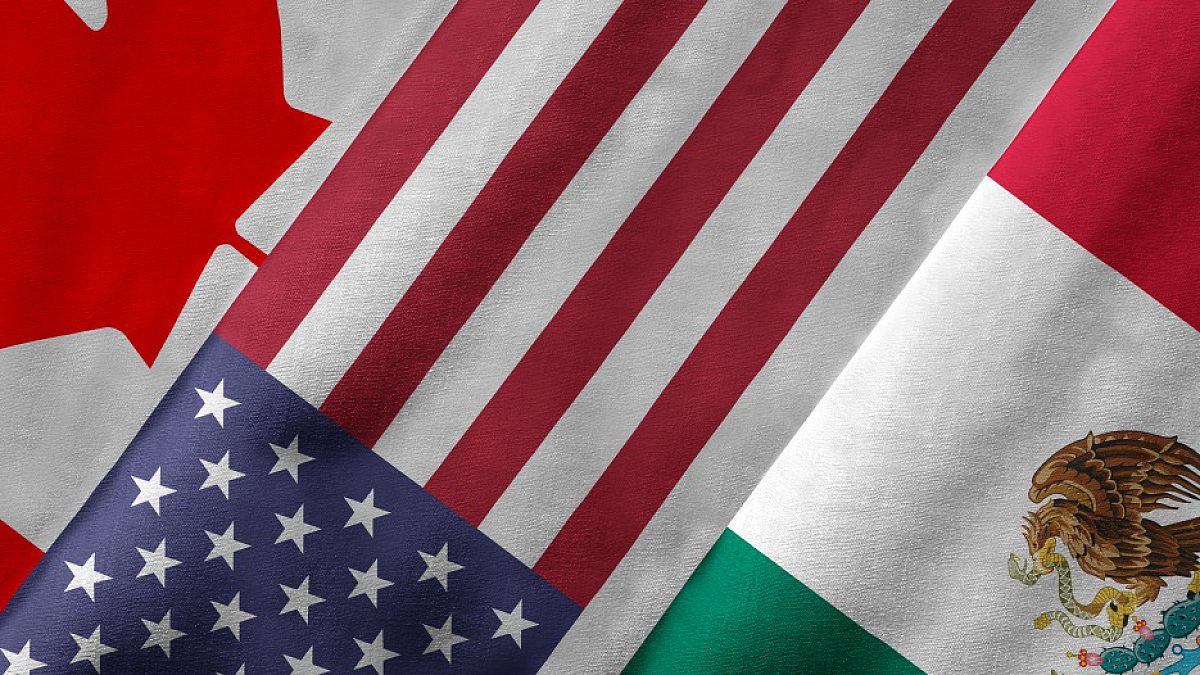U.S. Ag Gets a Great Deal with USMCA
TOPICS
USMCAZippy Duvall
President

photo credit: iStockPhoto
Zippy Duvall
President
Farmers know a good deal when we see one. We watch every penny and stretch every dollar as far as it can go. We fix up our tractors and repair our old pickup trucks year after year, hoping to get yet another season out of them.
At the same time, we always have our eye on the latest technology and tools that will make our farms and ranches more productive and more efficient. I don’t know a farmer or rancher who would pass up a good deal that could make their business better. The same is true when it comes to trade deals. When NAFTA was signed more than 25 years ago, it was the best trade deal U.S. agriculture had ever seen. But now there’s a new deal on offer—the U.S.-Mexico-Canada Agreement or USMCA. We have a chance to trade in a great agreement for an even better one.
Without USMCA, our most critical markets hang in the balance.
Since NAFTA went into effect in 1994, U.S. ag exports to Canada and Mexico have more than quadrupled, making these our number 1 and number 2 markets respectively. In 2018 alone, we exported $20.7 billion in ag products to Canada and $19 billion to Mexico.
These markets have only grown in value for U.S. farmers and ranchers. Over the last decade, ag exports have increased 27 percent to Canada and 23 percent to Mexico.
But as good as NAFTA has been, it’s time for an upgrade: it’s time for Congress to approve USMCA.
Without USMCA, our most critical markets hang in the balance. Both Canada and Mexico have already signed another deal that does not include the United States. The Comprehensive and Progressive Agreement for Trans-Pacific Partnership replaces the TPP agreement that the U.S. agreed to but then backed out of in 2017. The CPTPP gives Canada and Mexico preferential trade terms with nine other countries and gives those countries better access to Canada’s and Mexico’s markets―all while the ongoing trade war hangs overhead, with tariffs hurting U.S. agricultural exports. Just this week, Japan is following through on its promises under the CPTPP and reducing its tariffs and raising its quotas for ag products from CPTPP partners. This is all the more reason why we must bring the USMCA across the finish line and secure our valuable trade partnership with our nearest neighbors.
The USMCA is also important in setting the stage for other modern trade agreements for U.S. agriculture. NAFTA needed to be modernized, and the USMCA has bells and whistles that we don’t have under our existing trade agreements. Let’s look under the hood. For the U.S., it’s the first trade agreement to deal with approval of and trade in products of biotechnology. This groundwork will be critical in agreements we pursue with other countries, especially in the EU, the UK and Japan. The new agreement broadens access for U.S. dairy and finally brings an end to Canada’s unfair class 7 pricing scheme. These are wins we didn’t see even under TPP. Finally, USMCA will bring greater access for poultry, improve wheat grading standards, and make much-needed improvements to animal and plant health protection standards.
Finally, ratifying the USMCA will show our top trading partners and other countries that the United States and the trade negotiators who represent us mean business. It would prove that our word and handshake can be trusted when we strike a deal.
Right now, it’s important for each of us to call on our lawmakers in Washington and tell them how important the USMCA is to agriculture. Farmers and ranchers are resilient, but our businesses—not to mention the jobs and rural communities that depend on us—cannot survive without our top markets. Let’s get this deal done, so we can move forward with opening and expanding more markets around the globe.
Zippy Duvall
President
Vincent “Zippy” Duvall, a poultry, cattle and hay producer from Greene County, Georgia, is the 12th president of the American Farm Bureau Federation.
Top Issues
VIEW ALL